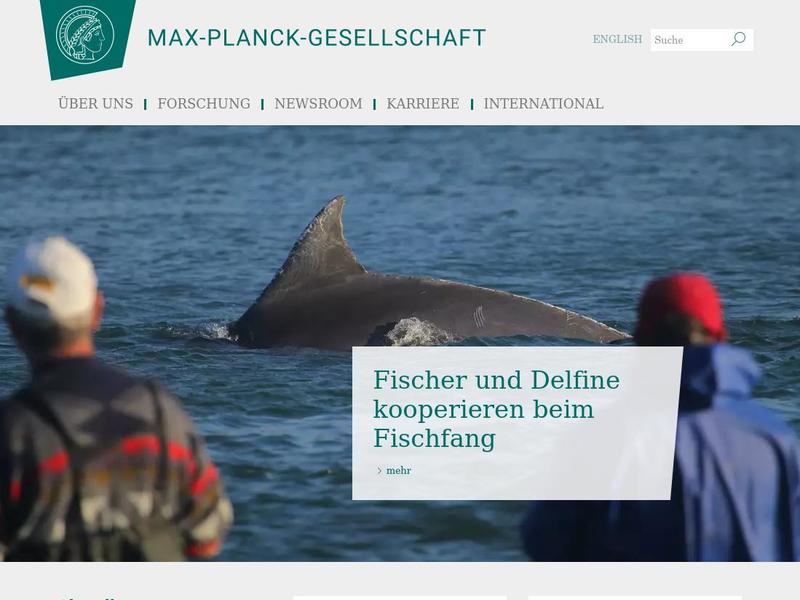Early Language Development in Fast Motion https://www.mpg.de/11471130/babies-sleep-words
Babies succeed much earlier than previously thought in assigning meanings to words and do not only perceive words as pure sound patterns
The researchers chose these fictitious objects to make sure that the young study

